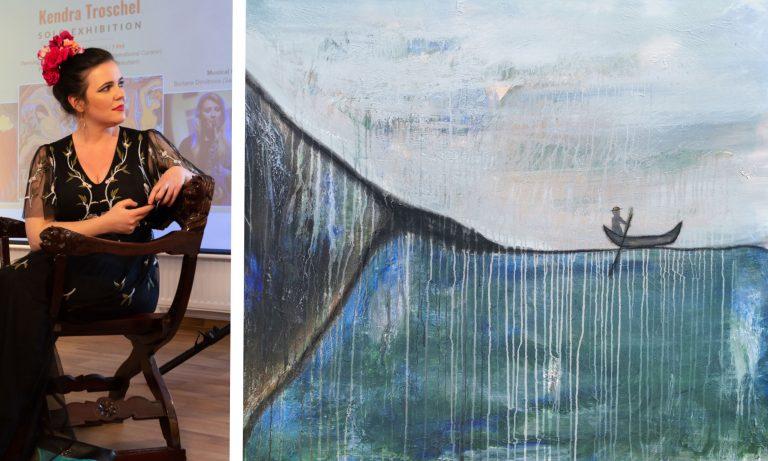Woodall’s (1997) view in her introduction to Portraiture: Facing the Subject can be applied to Julius Voegtli as well: Physiognomic interpretation was predicated upon a “symptomatic” relationship between external appearance and an invisible, internal self which was the ultimate subject of interest. The work of Courbet, Manet and the Impressionists interrogates this presumed identification between individualized physiognomy and a distinctive, interiorized identity. The disturbing power of images such as Manet’s “Bar at the Folies Bergères” (1881–2), for example, derived in good part from its dialectic with received notions of portrayal. Portraits depicting the friends and family of the artist had existed since at least the fifteenth century, but in the late nineteenth century “avant-garde” portraiture was markedly confined to un-commissioned images of these categories of sitter. This enhanced the authority of the artist by making worthiness to be portrayed dependent upon one’s relationship to him or her. It implied a lived intimacy between painter and sitter, imaginatively reproduced in the viewer’s relationship to the painting. The distinction between portrait sitter and artist’s model became less clear, challenging the normal politics of the portrait transaction. In van Gogh’s portraiture, for instance, the images referred primarily to the identity of the artist, as opposed to that of the sitter. All this, together with unconventional, informal compositions, leisured outdoor or domestic settings, and the assertive, opaque materiality of the paint, implied a self-distinct[ion] from the abstract, interior identity which justified orthodox public recognition. (p. 7)
The artist portrays her wife Anna not as a goddess, nor as a heroine, but as a young woman in three-quarter profile. Though she looks out into the viewer’s space, her gaze does not meet that of the viewer. She is painted against a neutral gray/blue background. The watercolor is divided by the portrait into two balanced white and dark parts. Apparently, Voegtli displays his wife’s natural beauty, disregarding Giovan Paolo Lomazzo’s advice: “In women, the first rule to observe, with absolute diligence, is to paint beauty, using art, as much as possible, to take away the errors of nature” (Trattato dell’arte della pittura, scoltura et architettura; 1584), (ed. Dunlop, 2014, p. 56).
Source:
Khazaie, Davood (2022) “Anna Voegtli with a Black Bow ”, in: JULIUS VOEGTLI: A Swiss Impressionist Pioneer, Edited by Nour Nouri & Davood Khazaie, Pashmin Art Publishers, pp.136-137.
Julius Vögtli (1879-1944) was a Swiss painter who played a key role in the development of impressionism in Switzerland. His landscape paintings, which often depicted the Swiss countryside, were characterized by their vibrant colors and expressive brushstrokes. Vögtli’s work helped to establish impressionism as a major artistic movement in Switzerland during the late 19th and early 20th centuries.



